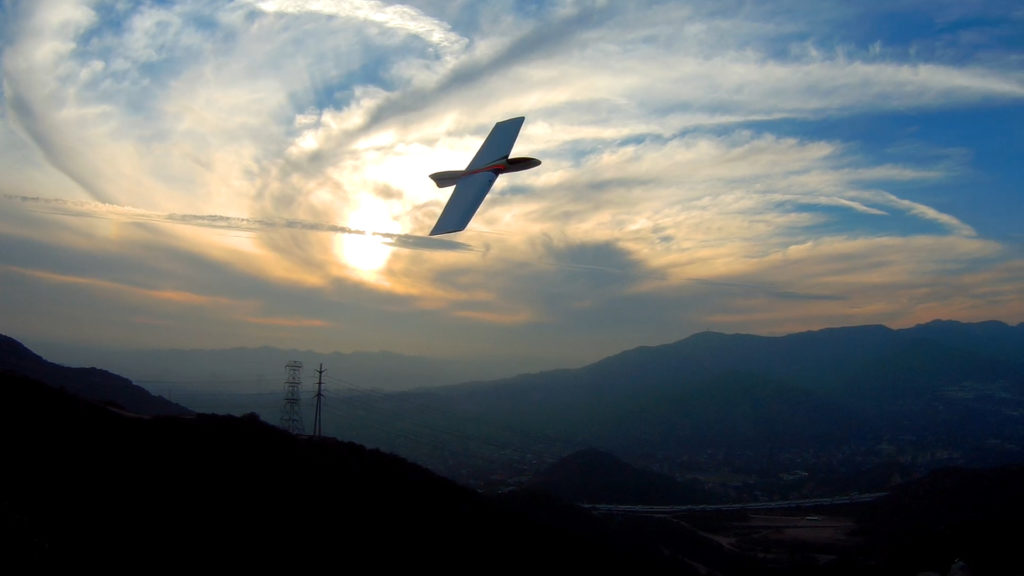How thermal lift works, RC Gliders the rise of gliders via thermal lift
Our sun is the source of all thermals. Mother Natures god the Sun powers our world, our sky’s above.
A steep lapse rate, one in which the air cools fairly quickly as your glider gains elevation, is needed to produce solid thermal lift to your aircraft. A thermal, as you probably know, is air that rises because it’s warmer and therefore less dense than the surrounding air. A parcel of warm air rising from the ground will cool more slowly then the surrounding air that the parcel is rising through. A steep lapse rate means that the rising parcel will stay relatively warmer then the air around it for a longer period of time, meaning it can rise higher through the atmosphere and produce a better thermal lift. When the parcel reaches air that is at the same temperature as it is, the parcel/thermal stops rising: end of the elevator ride.
So with this in mind, why are some days better then others for thermals?
The inversion is simply an inversion of the lapse rate: that is, the air starts warming with increasing altitude rather then cooling. This means that a thermal rising from cooler low-level air will stop rising when it reaches the warmer air of the inversion. If the layer is down low, it means the thermal elevator ride will be short indeed.

Here is a video of the FireFly DLG Glider catching thermal lift initially over treetops, then using the clouds above to maintain a greater lift.
